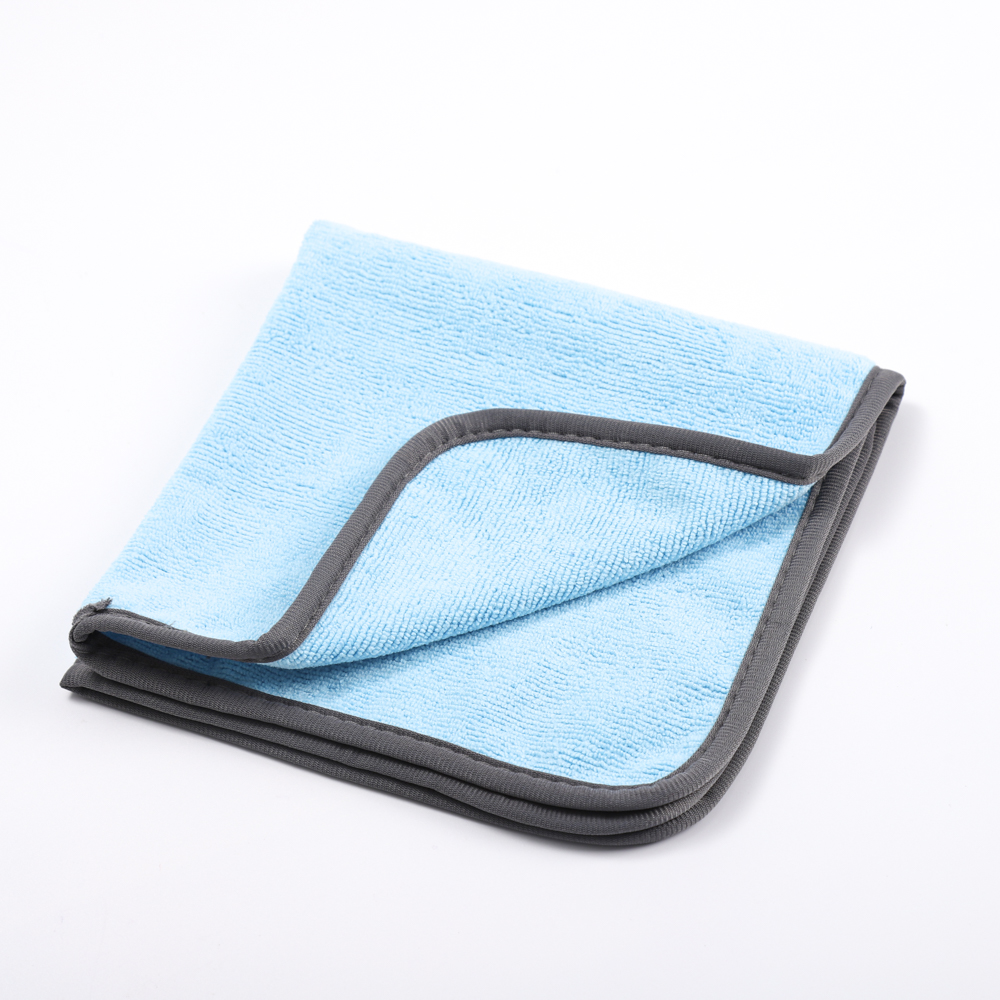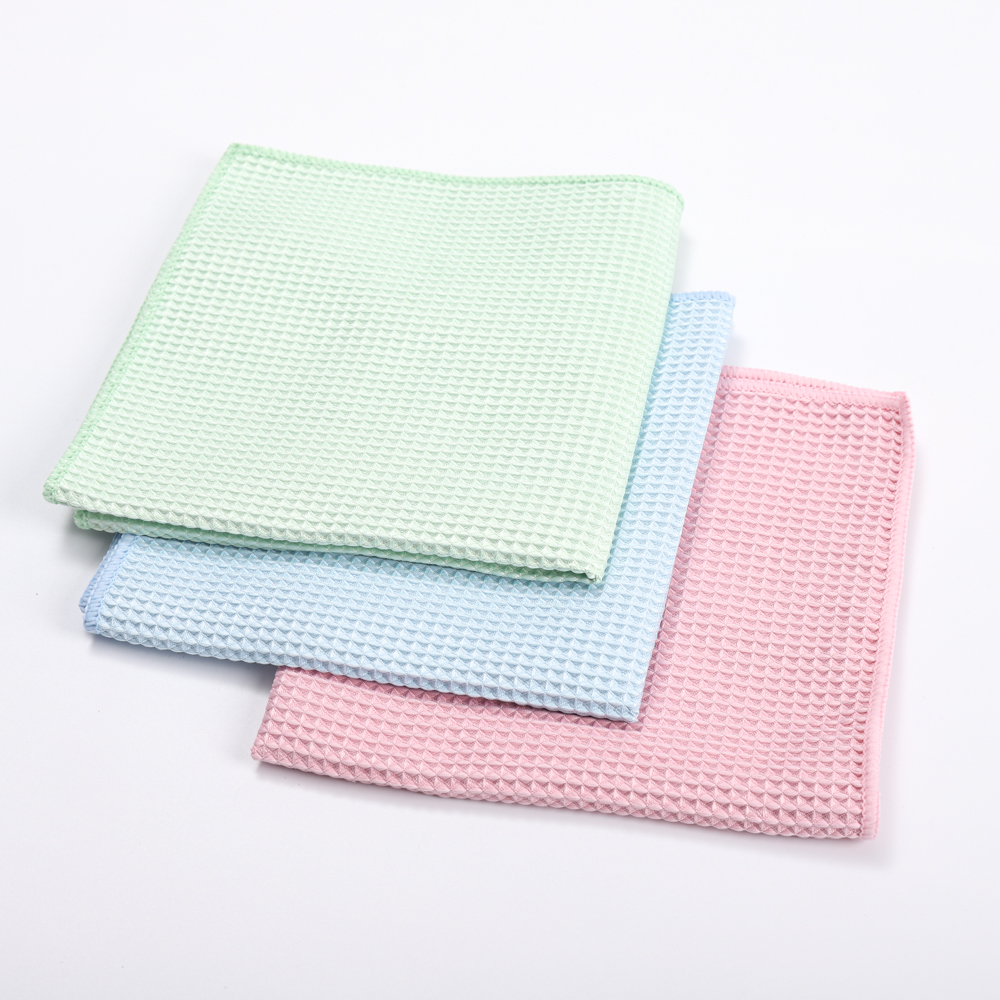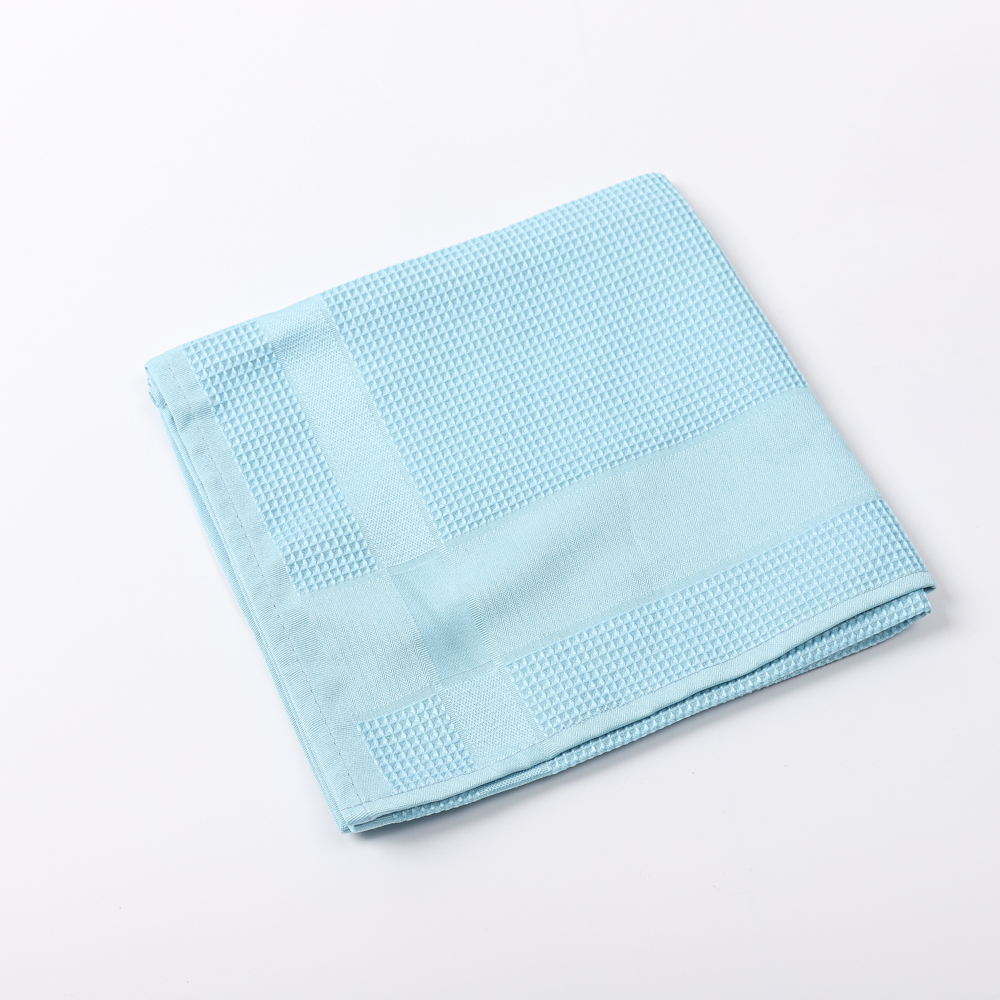At present, the printing of corrugated boxes has gradually shifted from traditional hand-carved rubber plates to photosensitive flexo plates, but the vast majority of them are solid photosensitive flexo plates, and only a few use liquid photopolymer plates. However, in Europe, America, Japan and Australia, liquid photosensitive resin plates account for more than 50% of the market for corrugated box printing, and there is a continuing trend of growth.
Here is a brief introduction of the characteristics of the liquid photosensitive resin plate and its recent development. It is for reference only.
Second, development and performance of the liquid photosensitive resin plate The liquid photosensitive resin plate and the solid photosensitive plate began to develop around 1970. High-speed UV sensitizers, initiators, and photopolymerizable monomers were just on the market. Advanced chemical companies such as DuPont, GRACE, Uniroyal, and Hercules in the United States, Asahi in Japan, and BASF in Germany immediately adopted the new ones. Products to develop printing plates (currently the graphic arts divisions of GRACE, Uniroyal and Hercules in the United States have merged to become MedDai Graphic Arts, MacDermid Graphic Arts). Depending on the chemical properties and market demand, two different types of plates were developed by 1975, the so-called liquid resin plates and solid plates. The principles of these two types of plate imaging are the same:
Absorption of ultraviolet light by photosensitizers immediately generates free radicals (Free Redical), free radicals react with monomers, and then chain reaction occurs. After exposure treatment, chain-locking reaction takes monomer and macromolecule rubber. Or resin bond curing can be used as a printing plate.
The difference between solid and liquid versions is in their physical properties and the process of plate making.
1. The solid plate is solid at room temperature, but mainly uncured thermoplastic block copolymer (Thermal Plastic Block Copolymer), while the liquid plate is mainly high-viscosity photosensitive resin (High Viscosity Photo-Sensitive Resin).
2. Solid plate manufacturers, according to a certain specifications made a variety of sizes and thickness of the plate, sent to the plate manufacturers. Plate makers simply place the plates on the plate, and use the plates for exposure imaging. The supplier of liquid plates is to send drum-loaded photosensitive resin to various plate-making manufacturers. The plate-setter needs to use certain machines to cast the liquid resin in the fixed frame according to the required size and thickness, and then use the film to expose and image on the plate-making machine. (See illustration).
3. The main component of the solid plate is rubber, and most of them need to be developed with organic solvents. Recently, a solid version of water washing has come out. At present, because the hardness is too high, it is not suitable for corrugated box printing. The uncured part of the liquid plate is a high-viscosity water-soluble resin that is squeezed and blown away at high temperatures and rinsed with water.
4. The solid version is based on rubber, so it has good ink resistance to solvent inks and water-based inks. The liquid version is based on polarizing polyurethanes, so it is not suitable for solvent inks. It is only suitable for water-based inks (if the printers still use oil inks or "water washable inks"), the liquid version is the solid version. good).
Third, the advantages of the liquid version in the corrugated box printing From the plate-making process and ink resistance performance, the solid plate seems to have a slight advantage, but why foreign liquid photosensitive resin plate will be used by a large number of corrugated box manufacturers? The main reasons are as follows:
1. Field printing ink delivery is excellent. In the past ten years, water-based inks have made great breakthroughs in flexographic printing. In addition to vivid colors and uniform gloss, physical properties such as abrasion resistance, water soaking, and adhesiveness to corrugated paper have been significantly improved. Although the ink has improved, but the thickness of the corrugated board and the level of corrugated uneven, the coverage of the field when printing is still quite difficult. Liquid plates have unexpected advantages in this regard, mainly related to the properties of the plates.
The resin of the liquid plate belongs to a highly polarizable photosensitive polyacrylic acid ester (Acrylate Polyurethane). The surface tension of the plate is 4 to 5 dyn/cm higher than that of the solid plate (liquid plate: 36 to 38 dyn/cm, solid plate: 32 to 33 dyn/cm), so the same ink roller is used for the liquid. Plate with ink than the solid version of the high 10% to 20%. At the same time, the liquid plate has a lower modulus, greater compliance during printing, and better surface contact with a thicker surface paper or corrugated paper, so the coverage in the field is better.
2. Plate making is more economical. The cost of raw materials for liquid and solid versions is almost the same, but the liquid version saves time and money in the process of plate making. After exposure of the solid plate, the non-exposed parts are dissolved with organic solvents, and the solidified font can be printed on the plate for printing. In general, the solvent for washing plate can only dissolve at most 4% to 6% of the photosensitive polymer, otherwise the solvent developing ability will be weakened. Therefore, one gallon of tetrachloroethylene/butanol solvent can only dissolve 200g of photopolymer. An average 1 square meter 6.50mm thick solid version with a font height of 3.2mm would consume 7-8 gallons of solvent. Although 60% of the solvent can be recovered, more than 3 gallons of tetrachloroethene/butanol solvent is consumed per square meter. At the same time, the plate material absorbs a large amount of solvent during the plate cleaning, and generally needs to be dried in a dryer at 65° C. for 2 to 3 hours, and the plate material can be restored to the original thickness. Thicker plates require longer drying times.
The photosensitive resin of the liquid plate is exposed through the film and the non-exposed portion is still a flowing resin after the font is cured by the photochemical bonding reaction. More than 80% of uncured resin can be recovered by physical methods (extrusion, or high-pressure air blow-off). A small amount of resin remaining on the plate can be washed with a water solvent. Therefore, the liquid plate is much more economical than the solid plate on the plate making material and process. In the process of washing plate, the plate only absorbs a small amount of water solvent, and the thickness can be said to have no increase, so generally it only takes 10 to 20 minutes to dry. In this way, the time of exposure, washing, drying and post-exposure of the entire plate making process is reduced by more than 50%.
The Japanese flexographic community used the characteristics of liquid media to develop an "island plate making method" to make thick plates for corrugated cartons. The general flexo back exposure is a full back exposure that cures to form a base layer with a certain thickness. However, the island plate making method uses partial back exposure, that is, back exposure only in areas with fonts and graphics. In this part, the subbase layer and the font graphics are formed on the bottom polyester film as islands isolated on the plate. All the uncured resin is recovered. The benefit of this platemaking is not just to increase the proportion of photosensitive resin recycling. At the same time, the entire plate is lighter, more conformable, easier to mount, and less likely to be warped.
For printing on corrugated boxes, solid plates should not be plated with the "island plate making method." Because it is necessary to wash the solid version to the underlying polyester film, it takes longer to wash the plate, consume more solvent, and expand the plate more. Not to mention that the washed plates can not be recycled. Why waste solvent? So this method only applies to liquid plates.
Based on the above advantages, liquid plates are popular in corrugated box printing in Europe, the United States, Japan, and Australia. Especially in countries that focus on conservation and environmental protection, like Japan, the liquid version of the plate recycling and water solvent washing plate monopolizes the corrugated box printing market.
IV. Development of Liquid Plates in Recent Years In the early days when liquid plates were introduced, there were several obvious shortcomings that have been gradually improved over the past few years.
1. Improvement of surface tackiness of plate material Because the material of the liquid plate material is highly adhesive polyurethane, the adhesiveness on the surface after curing is an inevitable phenomenon. In order to solve this problem, early Medmei and Asahi were dissolved in the resin with low-solubility ester acids. The principle of solubility change after curing resulted in separation of ester acids and a thin layer of ester formed on the surface of the plate. Acid cream to reduce stickiness. However, this method is only a temporary solution. When printing, the ink will gradually take away the ester cream, and the surface of the plate becomes sticky again.
In recent years, UVC (short-wavelength) lamps have gradually become popular, and various new photosensitizers and polymerized monomers have come to market. If a suitable formulation is available, a very good detackification effect can be achieved using short UV exposure. The TF2 photosensitive resin plate recently introduced by Medtech has been exposed after short-UV detackification. The surface of the plate is smoother than the normal solid plate, making it ideal for printing on corrugated boxes.
2. Reducing the expansion of cable lines In the early days, corrugated box printing used mostly hand-engraved rubber or stamped rubber plates, making it difficult to print fine prints and accurate dots. When a photosensitive resin plate or a photosensitive solid plate comes out, corrugated boxes are used for printing. Foreign corrugated carton manufacturers gradually found that the liquid version of the font looks very fine, and the anti-white is also deep, but the effect of printing out is not as good as the solid plate, because the expansion of dots and lines is higher than the solid version. The study found that this phenomenon is related to the physical properties of the plate. When the plate is cured by UV light, the thin plate and dot of the liquid plate are cured to a lower degree than the solid plate. After the plate washing and post-exposure treatment, the thin line and dot of the liquid plate have a Shore hardness (Shore hardness). Ahardness) is 3 to 5 degrees lower than the large physical part, so when the higher pressure corrugated box is printed, the expansion value of the thin line and the dot is higher. Based on this understanding, Medtech first proposed a method for making a composite liquid plate. Before coating ordinary photosensitive resin, first apply a layer of (0.16-0.20mm) photosensitive resin with a higher hardness than the bottom layer on the thin film and halftone film, and then apply a normal liquid material. The hardness of the surface layer of the complex version of thin lines and dots is higher than that of the rest, and the dot gain value is reduced when printed.
This kind of liquid composite material not only has higher ink transmission but also does not have too high dot gain, and is most suitable for color printing of corrugated boxes.
3. Improvement of plate material performance The development of early liquid plate materials has paid more attention to plate material photosensitivity, ink resistance, and printing effects. After the market was expanded, it was found that the liquid plate's resistance to printing and the storage life of the plate were not as good as those of the solid plate. Over the past five years, after continuous improvement, the abrasion resistance, elongation, toughness, and shelf life of photographic liquid plates have been greatly improved, which is almost the same as that of solid plates. However, no matter if it is a solid plate or a liquid plate, it cannot be directly illuminated by strong light during storage. Because there are many activators in the plate material, these strong lights will make the activator react continuously, destroying the network structure of the plate curing molecules, making the plate material fragile. Because of the unique nature of liquid plates and the growth of the market, there are currently two companies in Europe that produce liquid versions besides the United States's Medtech and Japan’s Asahi.
Anti-bacterial Cleanging Towels
The silver ion antibacter microfiber cloth are the cloth same as other microfiber cleaning cloth.But with nano silver technology,Which add the silver ion,has an anti-bacterial effect on the cloth. It can last for long time for it's function.
It is different from other antibacterial cloth just treated with anti-bacterial liquid,if doing in that way,the function will be disappeared after several washings. It is the good choice for you to use such microfiber antibacterial cloth in your house cleaning,more safe and environment.



antibacterial microfiber waffle cloth,silver ion microfiber cleaning cloth,wholesale microfiber antibacterial cloth
jiangsu qiyun cleaning knitting product co.,ltd , https://www.jarfrry.com